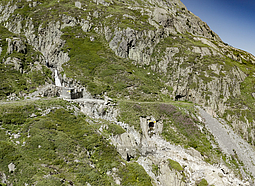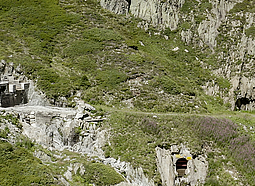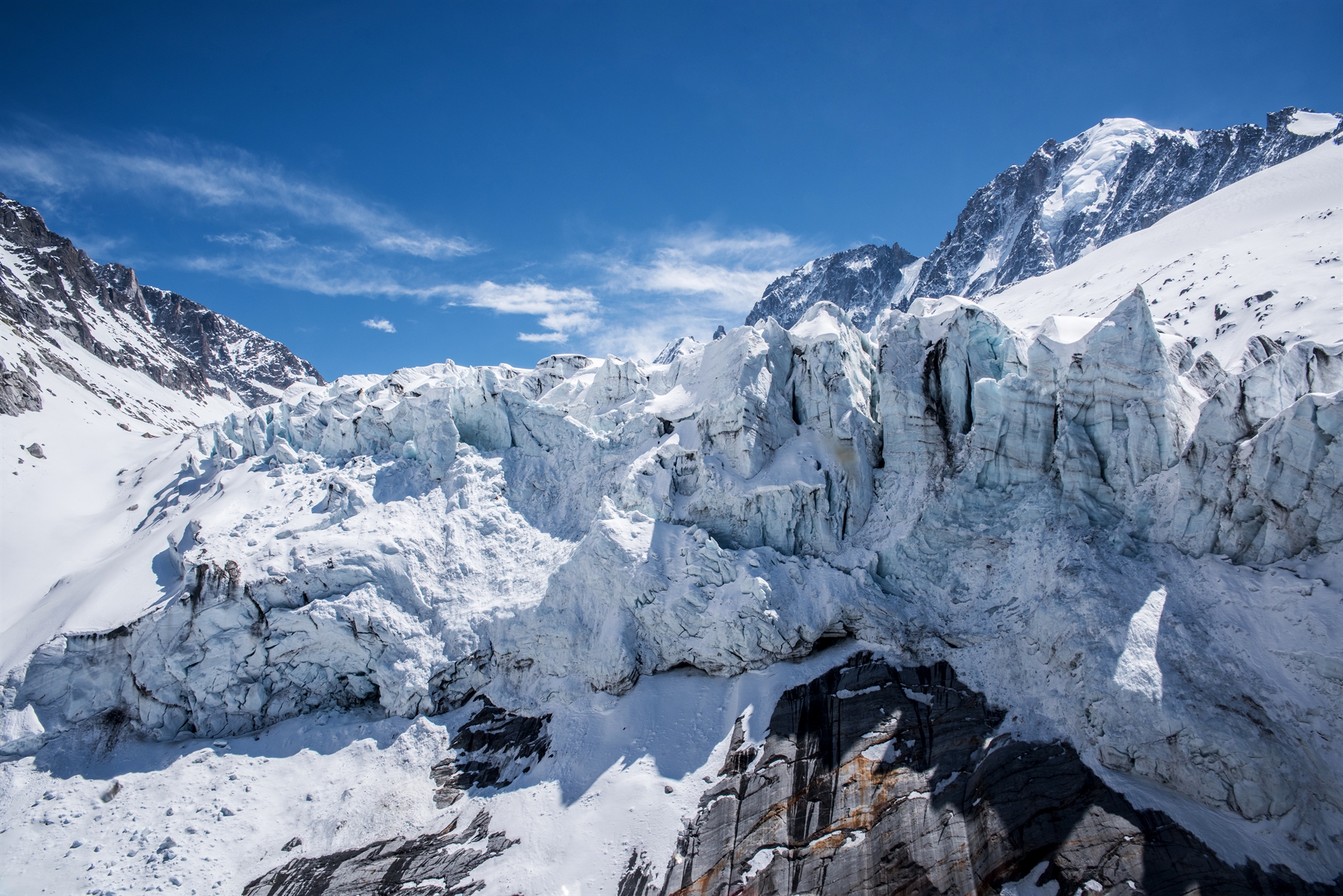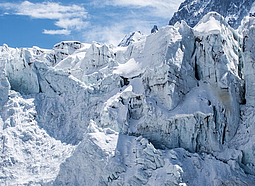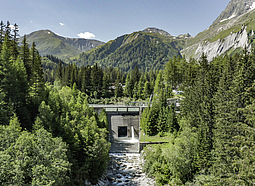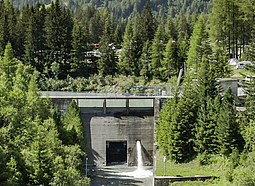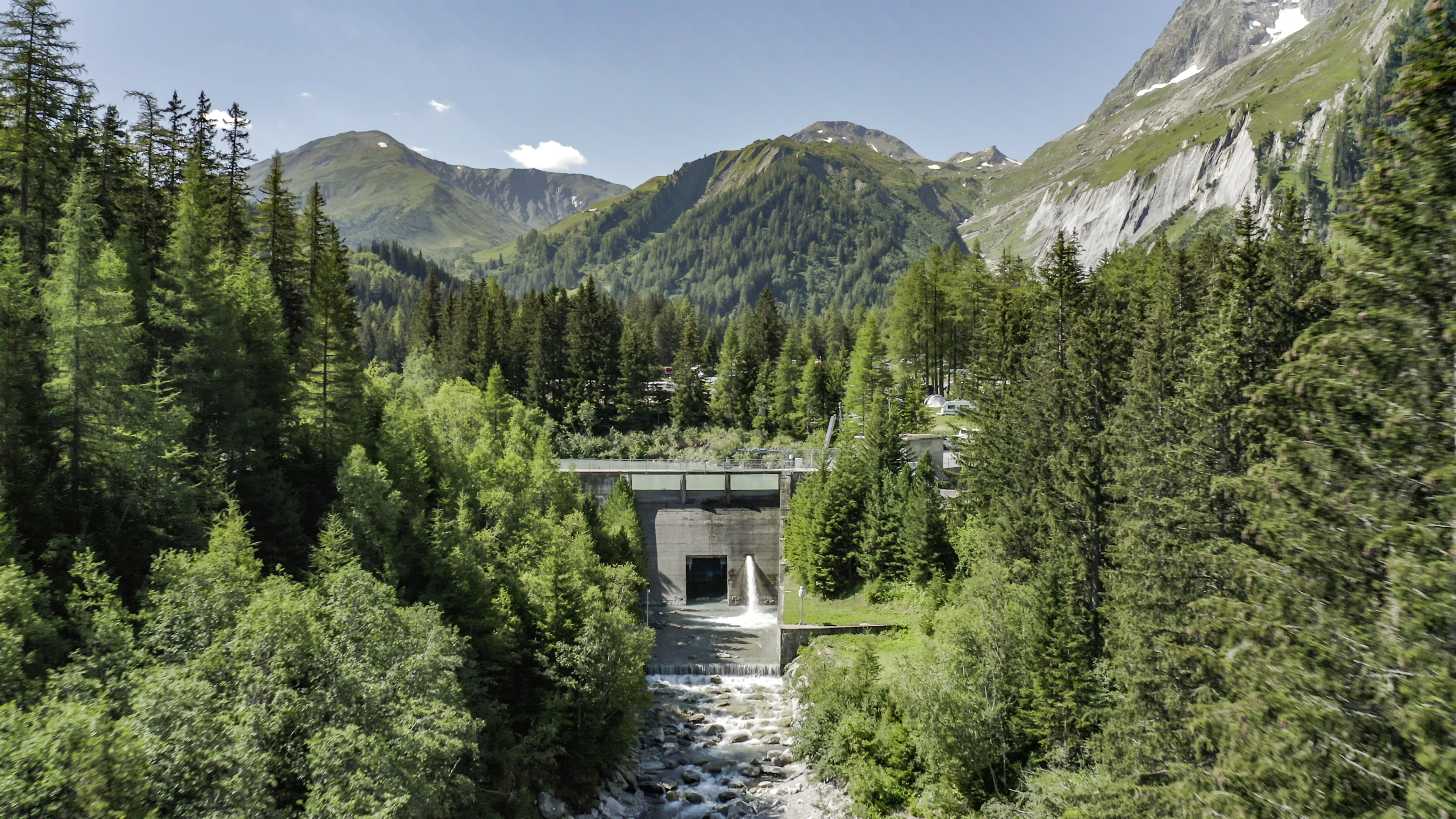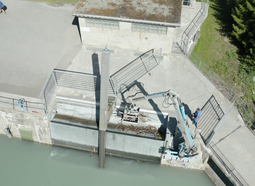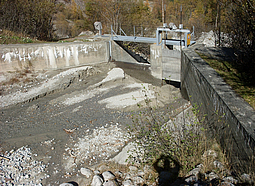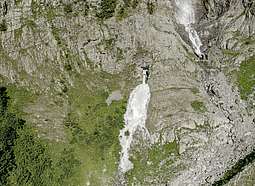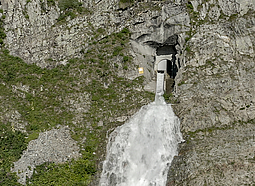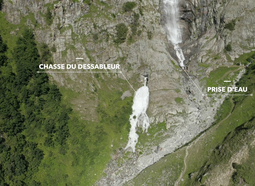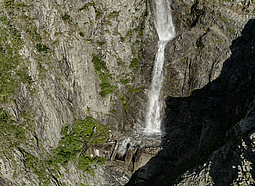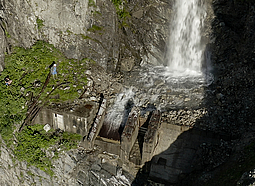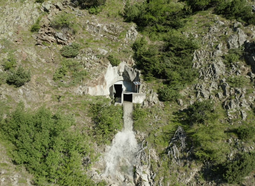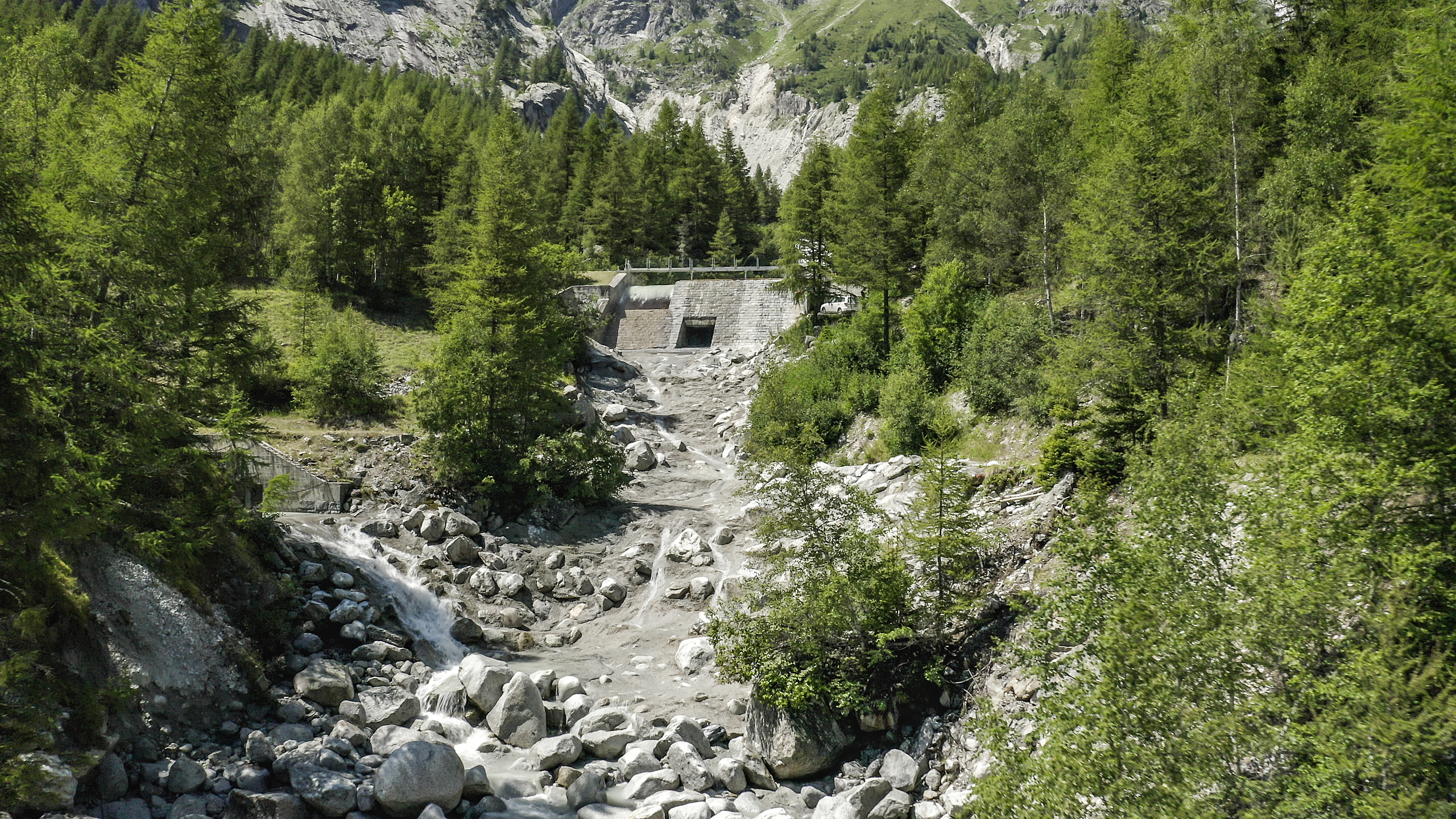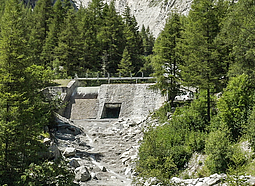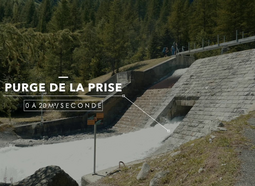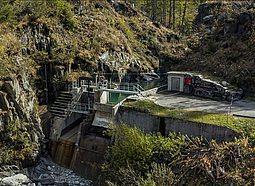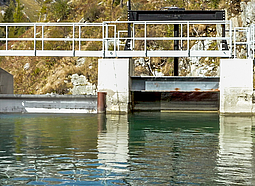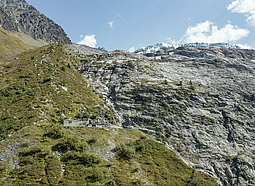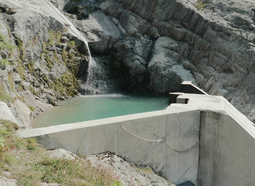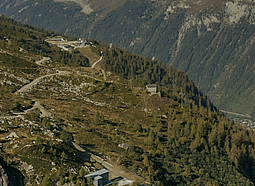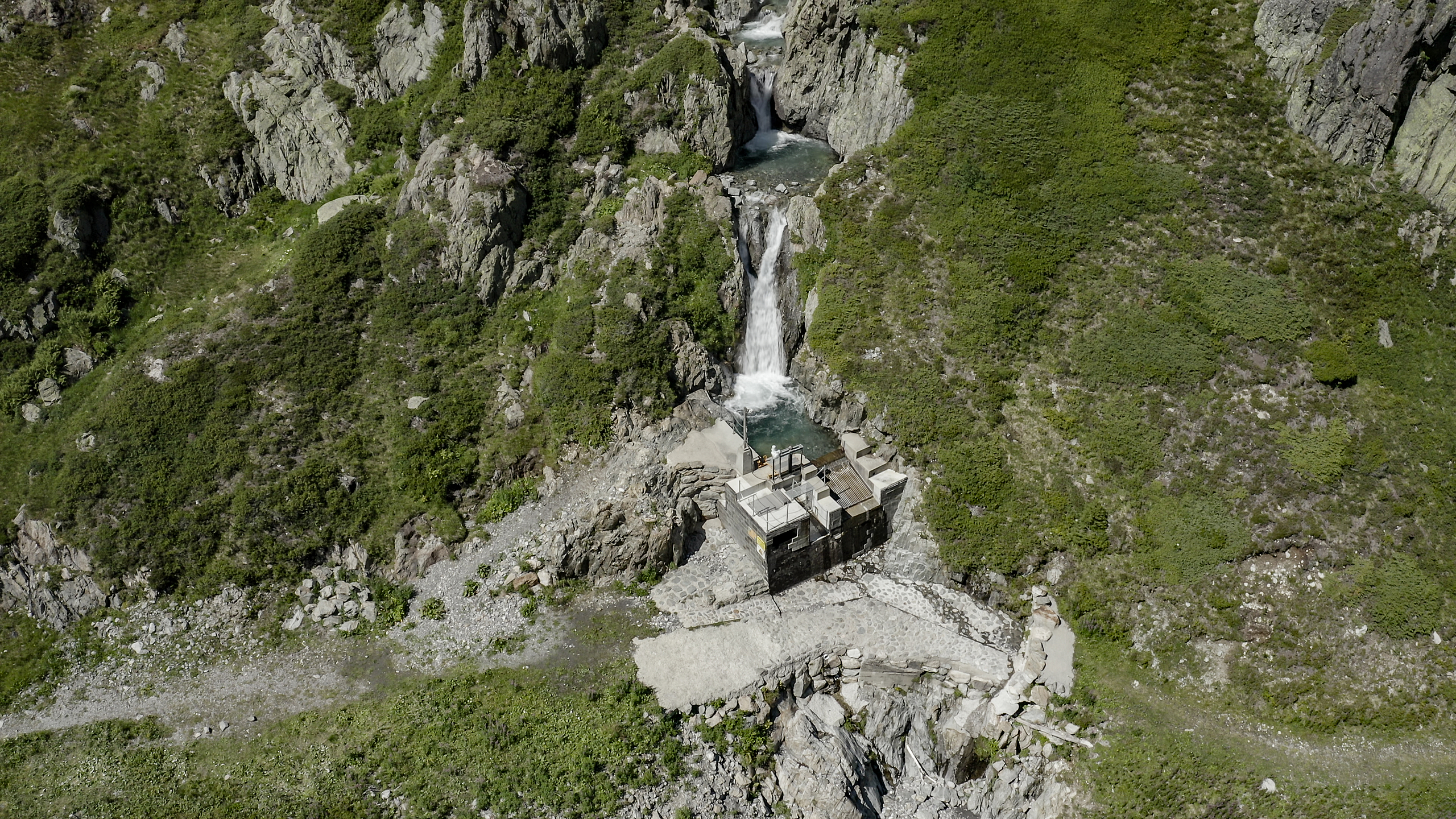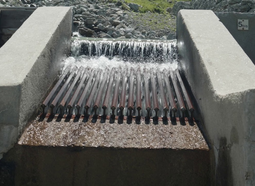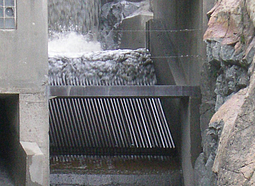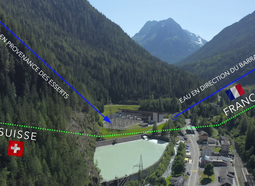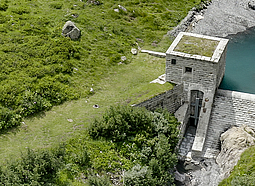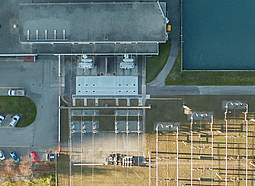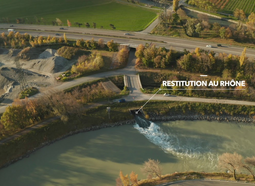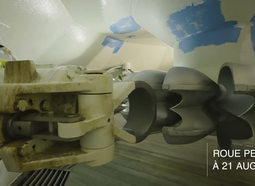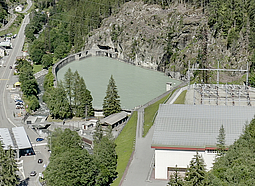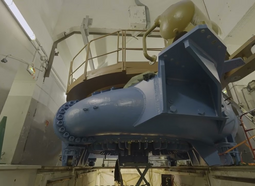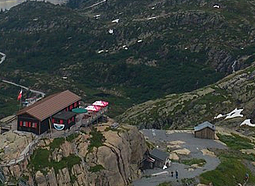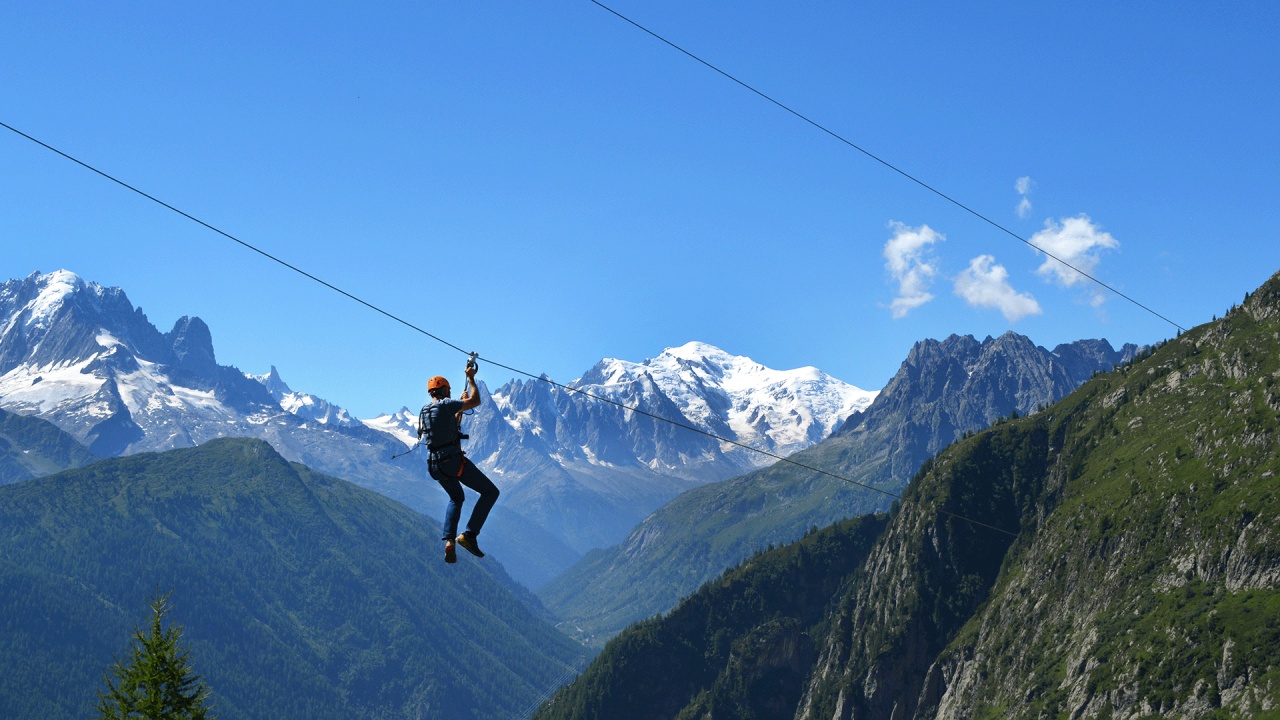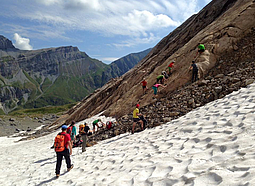Founded in 1954, Electricité d'Emosson SA, based in Martigny, is the owner of the Emosson hydropower complex, which captures the waters of the Mont Blanc range to supply a lake at an altitude of 1930 metres. This water is then turbined in the power stations of Vallorcine in Haute-Savoie (France) and La Bâtiaz in Martigny (Switzerland). The Swiss firm Alpiq and French firm EDF each own 50% of Electricité d'Emosson SA, and Alpiq has full access to the electricity generated by the two power stations.
Staff Emosson SA
Our team

Team La Bâtiaz
22 collaborateurs, mis à diposition par le partenaire Alpiq, travaillent sur le site de la Bâtiaz à Martigny. Ils sont employés soit au niveau opérationnel - dans les équipes mécanique ou électrique - soit au niveau stratégique au sein de la Direction générale et de l'administration.
Function and operation
The binational Emosson facility is one of the largest hydroelectric projects in Switzerland. The facility includes a large dam built between 1969 and 1973.
When water levels in Emosson lake are low, the old SBB Barberine dam (named after the river) usually submerged under more than 40 m of water becomes visible. Put into operation in 1925, it no longer plays a role in current operations.
A vast network of intake structures comprising 40 km of tunnels connects various water sources covering and area of 176 km2 to fill the 225 million m3 Lake Emosson.
The resulting hydropower is exploited in two hydropower plants. The Vallorcine power station at an altitude of about 1100 m in the Trient valley constitutes the first level. This power plant, located on French territory, also houses two 40 MW pumps to raise the water in Lake Emosson. The water is then turbined at the La Bâtiaz power plant in Martigny at an altitude of around 470 m.
Some 850 million kWh is introduced annually into the high-voltage grid. The facility also contributes to the security of the electrical system by providing services to maintain the frequency and voltage of the grid.
Emosson SA provides its partners with renewable, flexible and carbon-neutral energy safely, economically and under optimal environmental conditions.
The operation of the facility is entrusted to an operational department located in Martigny (Valais-CH) consisting of 37 highly qualified Swiss and French employees, made available to the company by its partners. All necessary skills are represented within this department thus guaranteeing safe and efficient operation.
The automated operation of the facility is ensured from a control room located in the premises of the La Bâtiaz power plant. On-call personnel take turns to monitor production to ensure it meets demand, and oversee the safety of structures facing disrupted conditions, particularly during floods.
Production schedules and ancillary services are transmitted directly by the Alpiq optimisation centre in Lausanne to the Emosson supervisor.
Symbolism of the Emosson logo
The logo symbolises the Franco-Swiss storage hydropower complex.
The inner circle with blue waves represents the central element of the facility that gave the company its name, the Emosson reservoir, the second most important in Switzerland with 225 million m3, operated jointly with the Swiss Federal Railways.
The vertical blue arrows express that the water is both pumped and turbined ; the red arrows representing electric current show that the energy goes in two directions, towards France to the 50% partner Electricité de France (EDF), and 50% towards Switzerland to the partner Alpiq.
Finally, the square formed by the four arrows leaves four openings, namely the four intake structures, West and South in France as well as East and Triege in Switzerland, allowing the reservoir to be filled.
The colours on a white background also bring together all the colours of the two states, the Canton of Valais and the Department of Haute-Savoie, both holding stakes in the facility.


